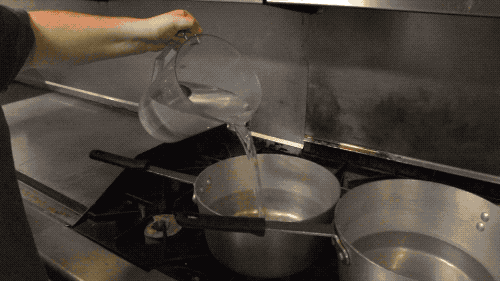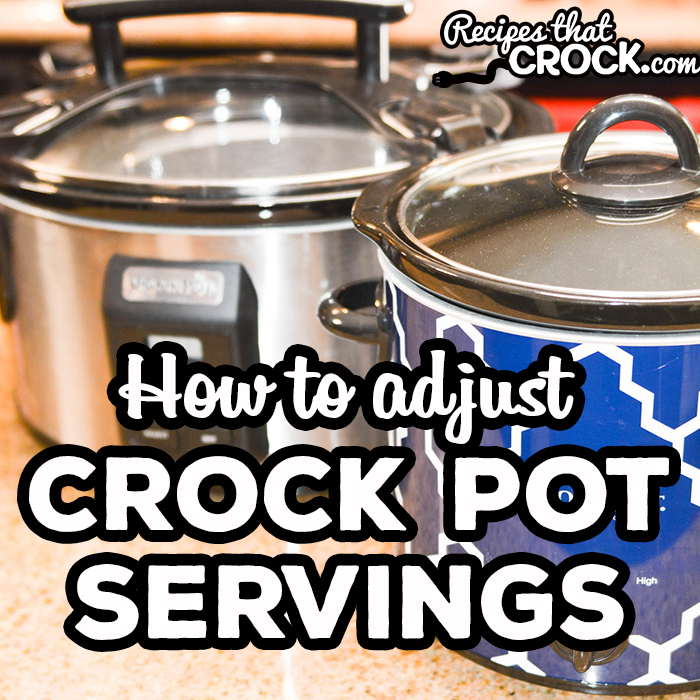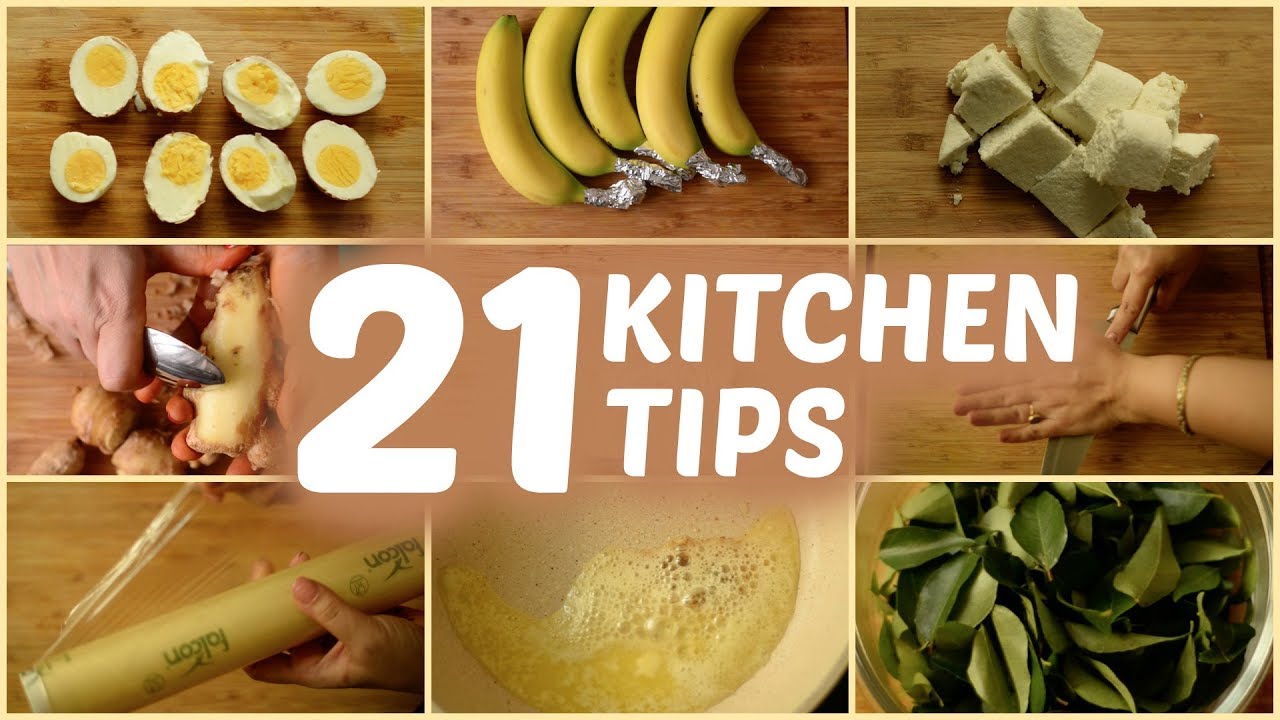
In my last article I talked about the importance of cooking skills 101 and how Chef de Cuisine Joey Delago explains each task along with its associated skill. I talked about the different task-specific categories of cooking skills and how they can be applied, including making stocks and activating yeast. These skills are important for any cook. A list can help to decide which skills to focus on and which ones not. I will be discussing some of the skills that you should have before you can embark on the next step in your culinary journey.
Chef de Cuisine Joey DeLago's cooking skills 101 class
Chef de Cuisine Joey DeLago's 101 cooking skills class will teach you how to cook like a pro. This hands-on class focuses on the basic culinary skills you need to make a multi-course meal in a pinch. Joey will give tips on timing, preparation, presentation, and planning. Plus, you'll be able to share your finished meal with other home chefs!
Category-based cooking skills
The Food Agency defines cooking skills to be a set knowledge, skills, or practices that help you eat a nutritious diet. This framework recognizes many barriers to healthy diets lie in the environment. But it focuses primarily on encouraging food skills through the implementation of appropriate measures. These measures should be clear and easy to comprehend, linked to other domains, applicable to a wide range sociodemographic levels, and easily applied. The following four categories address some of the most urgent issues related to food skill.

Activating yeast
If you use yeast in your cooking, you'll need to know how to activate it. You can warm your tap water and run a little hot water through the yeast to activate it. Sometimes, you might need to add sugar or water. These are some ways to activate yeast. Once the yeast is at a bubbly stage it can be used. Baking success is dependent on activating yeast.
Stock taking
A stock can enhance the flavor of your meals and give depth to your dish. Stocks made at home can include the flavors of meat, vegetables, and fish. They can also be Western or Asian in origin. While you can make your own stock using bottled water, it is better to use the filtered water available at the grocery store. There are many stock options available. It is important to be as diverse as possible when making stock.
Whipping cream
Whipped cream makes a great topping for a dessert or cake. While it is easy to make, there are important things to keep in mind as you prepare this classic dessert. Although it appears to be slightly melted, it is actually quite different. Whipping cream shouldn't have a lumpy consistency. It should be fluffy and slightly curled. Soft peaks can be achieved by beating the cream with an electric whisk until it retains its shape.

Melting chocolate
Learning how to melt the chocolate is a must-have skill if you want to create amazing desserts. This is a complicated task. Here are some tips to help make the process easier. First, you must know the correct technique. There are two methods to melt chocolate. The microwave and double boiler methods. Double boiler method involves using a heatproof bowl or pan with a glass or stainless steel bottom nestled over a saucepan of simmering water. You should use this method slowly and avoid letting the water splash into your bowl.
FAQ
What is the minimum requirement to become a chef?
No. No. Some even went to culinary school just to gain experience. Most chefs prefer to go to culinary school to expand their professional opportunities. Culinary schools give students hands-on experience, which allows them to develop valuable skills as well as improve their culinary knowledge.
What is the average time it takes to learn how to cook? What amount of time will it take to master the art?
It all depends on what level of skill you have. Some people can master basic cooking techniques in a matter days. Others might take months or years before they feel confident enough to teach themselves how to cook.
The amount of time needed to learn to cook varies considerably based on the person. One example is that someone who has never tried cooking before would likely take more time to learn than someone who cooks often. You may also need more experience with certain types of cooking than others. Baking, for example, requires more experience than frying.
If you want to learn how quickly you can cook, you should focus on learning a specific technique. Once you have perfected that technique, you can move on. You don't need to worry about how many days or weeks it took to learn how to cook. You can just keep at it and enjoy the process.
What is the best way to learn to cook?
Cooking is something that everyone should be able to do. You will miss out on great meals if you don't learn how to cook. To learn how to cook, you must first find a recipe you like and then follow it carefully. The next step is to practice making small modifications to the recipe until it becomes second nature. Try cooking for others. This will not only help you cook better, but it will also test your skills.
Statistics
- The median pay for a chef or head cook is $53,380 per year or $25.66/hour, according to the U.S. Bureau of Labor Statistics (BLS). (learnhowtobecome.org)
- under 10 Kids have been taught that there is special food just for them, and Fiese says that 10 percent of kids will throw a tantrum if they don't get the food they want. (washingtonpost.com)
- You'll be amazed that over 90% of CIA students receive scholarships and grants to finish their culinary studies. (ischoolconnect.com)
External Links
How To
How to make a perfect Omelette
Omelets is one of my favourite breakfast foods. How do you make them perfect? Many different recipes and methods have failed to work for me. So today, I want to share some tips and tricks with you so you can make your own delicious and fluffy omelets every morning.
It is important to know that eggs can be temperamental when making omelets. The eggs must be fresh from an organic source and kept at room temperature until they are ready to be cooked. If you don't keep them cold enough, the whites won't form properly, and the yolks will break down too much and become runny. This makes your omelets look weirdly colored. It is best to use room-temperature eggs if you are going to cook them right away.
Another tip is to separate the egg before adding it to the pan. You don't want any white to get mixed up with the yolk because this could cause the omelet to curdle.
The egg can burn if it is placed directly on the stovetop. Instead, place the egg in the microwave for 10 second before you put it in the skillet. The microwave heat cooks your egg just right, without it becoming too soft.
Next, let us talk about how to mix the eggs. Mixing eggs together is important. You need to beat them well. You need to turn the bowl of the mixer upside down. Now shake the bowl vigorously. This way, the air inside the bowl gets whipped around and mixes the egg thoroughly.
Now comes the fun part: adding the milk to your mixture. First, pour half of the milk into the beaten eggs and then fold the eggs gently into the remaining milk. If you still see streaks of eggs, don't worry. These streaks will disappear once the omelet has been turned over.
After you have done folding the eggs, heat the pan on medium heat. The oil will start to smoke. Once the oil starts getting hot, add 1/4 cup of butter to the pan and swirl it around to coat the entire surface of the pan. Carefully open the pan's lid and add salt to the pan. Salt will prevent the omelet sticking to the pan.
Once the omelet has formed completely, cover the pan and let it set for a few minutes. Flip the omelet with a spatula, or flip it upside down. Cook the second side for a minute or so. Serve immediately after removing the omelet from its pan.
This recipe works best with whole milk, but skimmed milk also works.